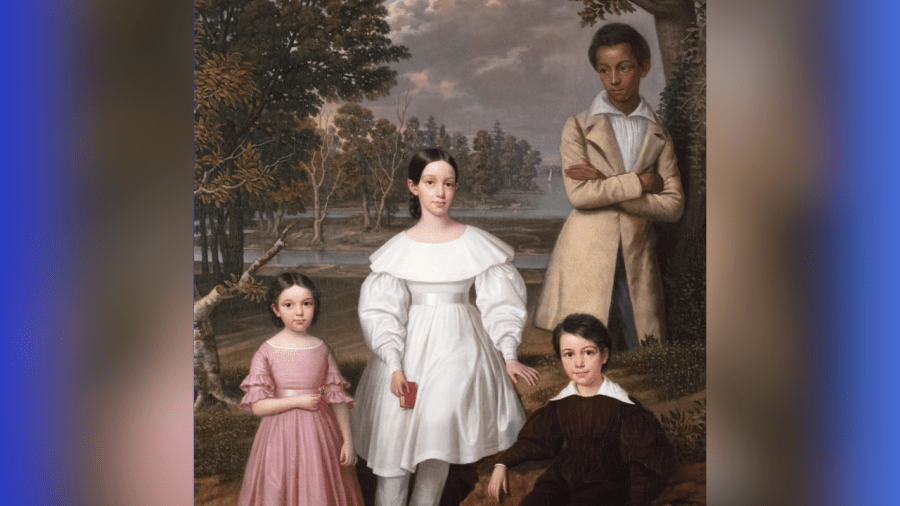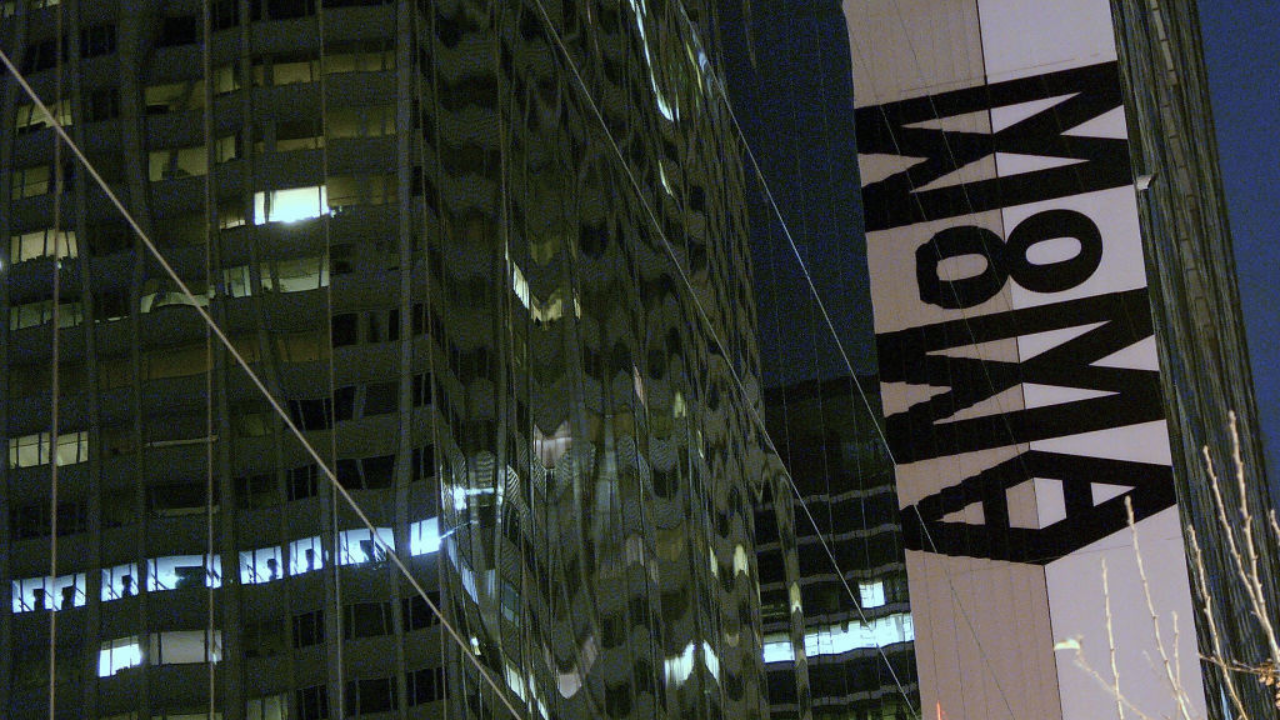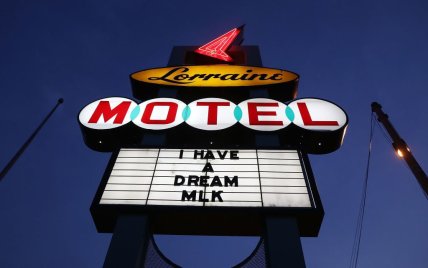Resurfacing history: The Met to spotlight enslaved boy, Bélizaire, who had been concealed in family portrait
Betsy Kornhauser, curator of American sculpture and paintings, said the museum acquired the piece this year as part of a broader initiative to rethink how it portrays the story of American art.
The Metropolitan Museum of Art is spotlighting Bélizaire, an enslaved boy who, for many years, was concealed beneath a coat of overpaint in a 19th-century artwork.
Prior to its restoration in 2005, the painting, now called “Bélizaire and the Frey Children,” depicted three white children in a Louisiana landscape but not the young boy of African descent standing next to them. The work languished for decades in attics and a museum basement, according to The New York Times.
Betsy Kornhauser, curator of American sculpture and paintings, handled the Met acquisition.

“I’ve been wanting to add such a work to the Met’s collection for the past 10 years,” Kornhauser said, “and this is the extraordinary work that appeared.”
Kornhauser said the museum acquired the piece this year as part of a broader initiative to rethink how it portrays the story of American art. The picture, initially called “Three Children in a Landscape” is credited to Jacques Amans, a French portraitist of the aristocracy in Louisiana. The restored version will hang in the Met’s American Wing this fall and during the centenary commemoration of the wing next year.
The naturalistic portrayal of Bélizaire, the young man of African heritage who occupies the tallest position in the picture, leaning against a tree immediately behind the Frey children, is one factor that has attracted attention to the painting. Even though he is apart from the white children, Amans depicted the Black boy with a commanding posture, flushed cheeks, and an extraordinary amount of interiority for the time, according to The Times.
Met officials said the picture is the first naturalistic portrait of a named Black individual in the American Wing set in a landscape of the South.
After seeing a picture of “Bélizaire” online in 2013, following its restoration, Baton Rouge-based art collector Jeremy K. Simien spent years trying to locate the piece.
His initial search led to the discovery of an older image from 2005, after the New Orleans Museum of Art had removed the work from its listings and placed it for auction by Christie’s. While the Black youth was not present in the artwork, Simien said he knew it was the same painting and the choice to remove him “haunted me.”
Simien spent years searching through picture archives, auction catalogs and records for the painting. He came upon the artwork in 2021, held by a private collector in Washington, D.C.
At the time, he had no idea who the individuals in the portrait were but found himself intrigued by the story of the Black youth and the effort to eliminate him.
“We knew we needed to find out who he was, as a son of Louisiana,” Simien said, and as somebody “worthy of being remembered or known.”
Simien hired Katy Morlas Shannon, a Louisiana historian who studies the lives of enslaved people. She identified every person in the portrait and used property and census records to piece together Bélizaire’s life, according to The Times.
As it turned out, he was born in New Orleans’ French Quarter in 1822 to a woman named Sallie and an unidentified man. He also had other siblings, all except one of whom were sold.
When Bélizaire was 6, banker and trader Frederick Frey purchased him and his mother. Frey, his wife, Coralie, and their family resided in a sizable French Quarter home on Royal Street and possessed several enslaved people.
Records indicate the portrait was painted around 1837 when Bélizaire was 15. He was the only person pictured to survive to adulthood.
Inventories list Bélizaire until 1861, when the Civil War began. New Orleans fell to the Union Army shortly after.
It is unknown when someone painted over Bélizaire, but conservator Craig Crawford, who completed more restoration work the previous year, believes the cover-up most likely occurred about 1900.
Although the perpetrator and motivation remain unclear, segregation is known to have worsened in New Orleans at the turn of the century. Shannon said, “No white person of any social standing in New Orleans at that time would have wanted a Black person portrayed with their family on their wall.”
The Met purchased the Frey family portrait for an undisclosed sum; nonetheless, paintings of persons of African heritage have sometimes fetched great prices, even when the subjects are unknown.
Having “the full documented information about this young man who appears in the portrait is really extraordinary,” added Kornhauser, The Times reported.
TheGrio is FREE on your TV via Apple TV, Amazon Fire, Roku and Android TV. Also, please download theGrio mobile apps today!


